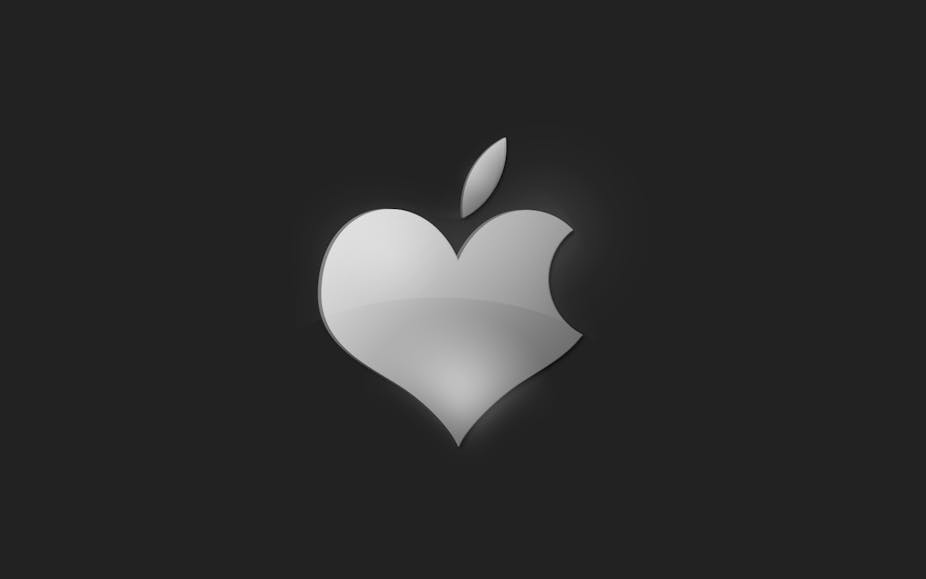Apple, known across the world for its premium products, is finally dropping its prices.
It may not be a huge offer, but the company is selling half price chargers for iPhones, iPads and iPods to anyone who brings a counterfeit version in to their stores until October. It’s a significant step for the company best known for never, ever giving an inch when it comes to profit making.
The buy-back scheme follows the death of a woman in China, who was electrocuted using her iPhone. Reports in the Chinese press blame a non-Apple charger for the incident. Apple says that it is concerned about the safety of counterfeit and third-party appliances and will sell alternatives for $10 or the local equivalent at its stores around the world.
Apple’s trade-in programme is an unusual step for the company, which fiercely guards its price points and makes huge margins on its accessories. An Apple USB charger sells for £15 but a model that looks exactly the same can be bought for as little as £1.15 online.
It doesn’t cost much to make a charger and the counterfeit market, mainly based on products from Asia, is booming. Even though many of the fakes prove significantly less reliable than the Apple versions, it’s easy to see why customers are tempted to look elsewhere. Apple’s retail strategy means it almost never offers discounts, so if you’ve paid less than the RRP for an Apple product it’s probably fake.
Thanks to steep prices for chargers and more, Apple has long had a reputation for arrogance when it comes to its customer base. It makes the most of the low-cost assembly and manufacturing model associated with the electronics industry but sells its products like a high-end fashion label. Its brand is all about luxury and design. If consumers want to look like they are ahead of the zeitgeist, they will pay more for their products, if not then too bad, Apple isn’t going to chase them. But once you’re in, you’re in. Apple has spent years honing its product range to keep customers inside the product ecosystem once they’ve started buying.
Since the earliest version of the iPod, Apple ensured other formats would be incompatible with it. Even now, moving content between devices can prove a challenge for all but the most committed. The tactic extends to the chargers themselves. With a Samsung or Sony phone, owners can use all manner of accessories: old or new, generic or branded. By contrast Apple’s patented 30-pin model quickly restricts consumers to branded accessories. This monopoly predictably means the company is slow to innovate; take for instance the failed launch of Lightning adapter.
Consumers drawn in by the shiny technology soon find the cycle hard to break and pay big from there on in. While many remain happily devoted, others feel exploited. The backlash has been particularly strong in China, where Apple recently issued an apology to customers for appearing not to care about their concerns over its repair policies.
There is no worse PR than the death of a customer and many companies would take action after such an event to protect their image, even if they are not directly responsible for the shoddy safety standards of those copying their designs. But it is still a surprising move for Apple, not only because it is practically unprecedented for the company to slash its prices but because it rarely openly acknowledges the prevalence of counterfeits.
Apple’s PR problems do not end there. It is continuously plagued by shocking the labour conditions of its major Chinese supplier Foxconn. So far the company has failed to take seriously the reputational risks that come with its association with Foxconn’s sweatshop labour scandals.
Dead customers and dead workers will seriously undermine Apple’s image as the brand of choice for the young and hip.
So this new-found desire to reach out to its consumer base with a cheap charger exchange may be too little too late. It might be that Apple is really using this drive as another way to boost footfall in Apple shops. The Apple Store is a central part of the company’s branding strategy. The way products are displayed reflects the ecosystem approach, so a customer dropping by to pick up a new charger for their iPhone will instantly see how their device slots in to the aspirational Apple life.
On the surface, Apple appears to suddenly be behaving more like a competitor in a growing market and less like a monopolist with its charger swap. But fitting in with the others runs entirely counter to the company’s ethos under the late Steve Jobs and we may well see it reverting to form before long.

